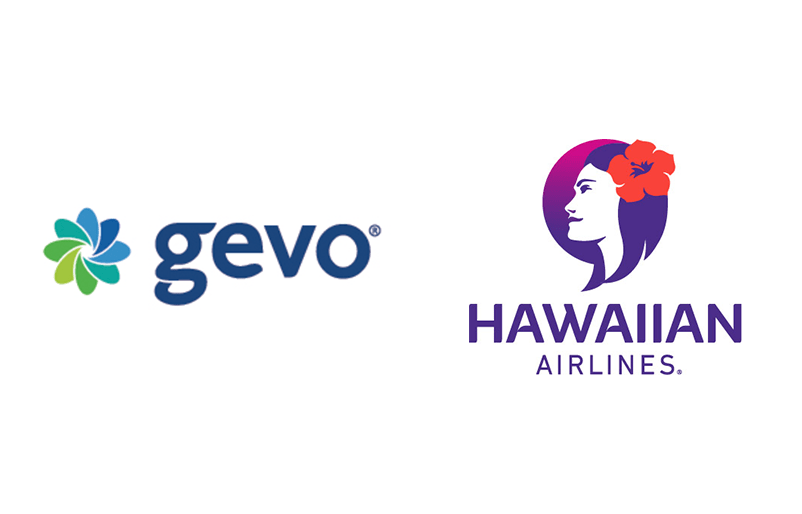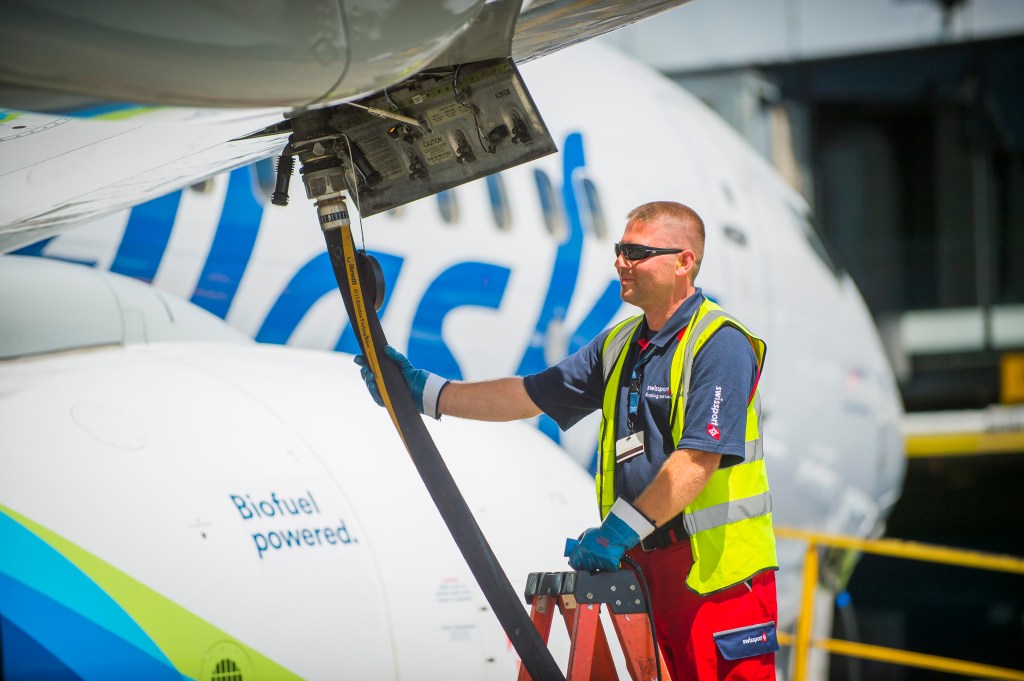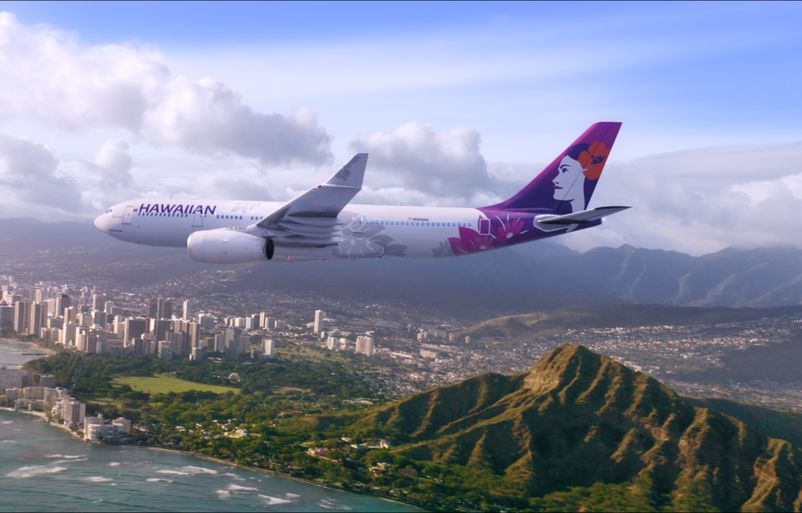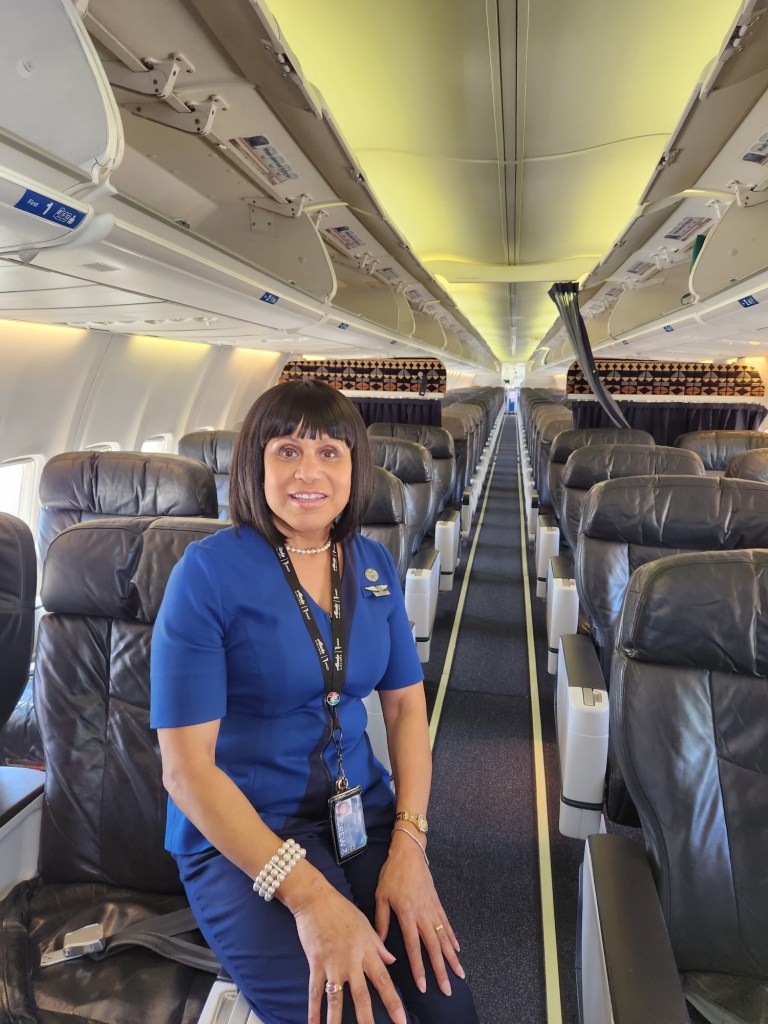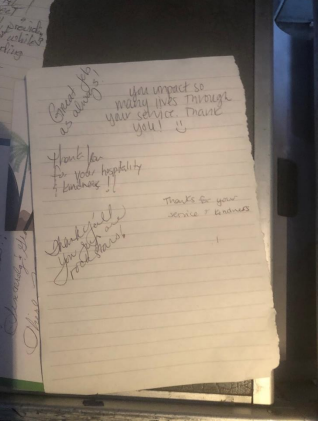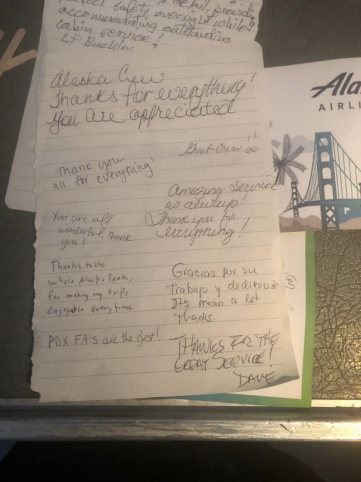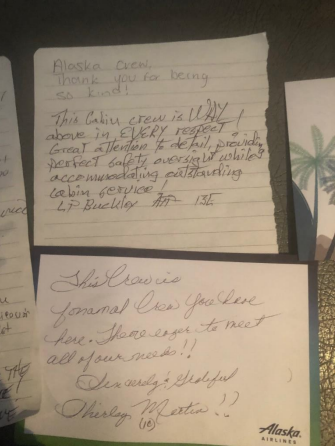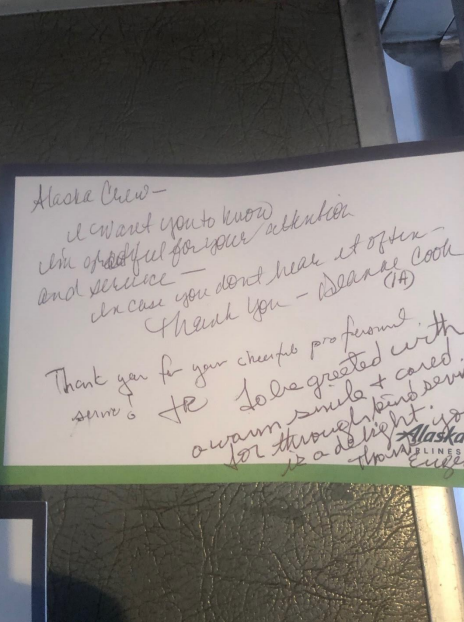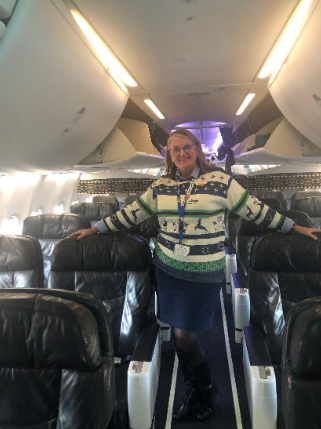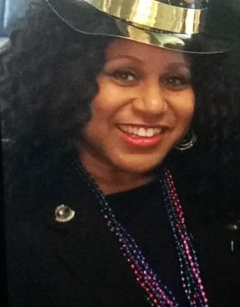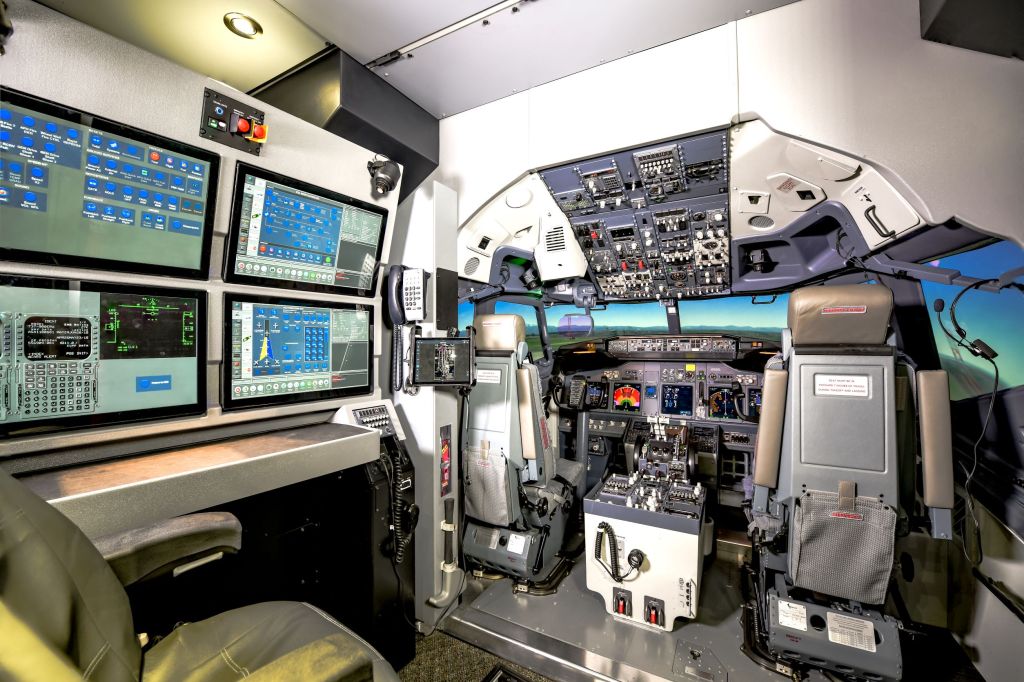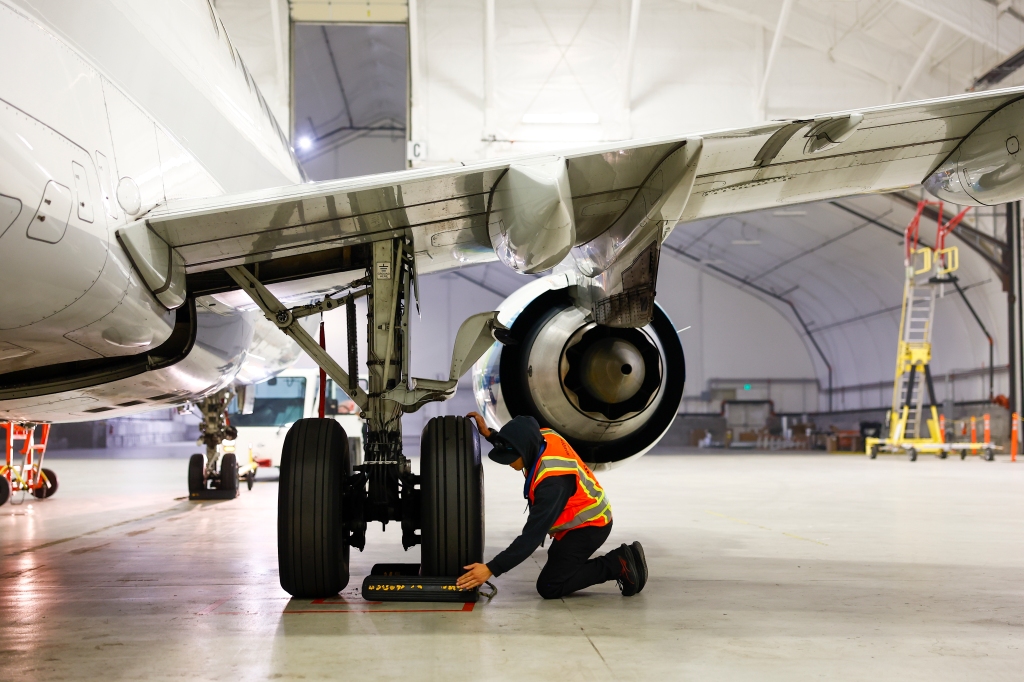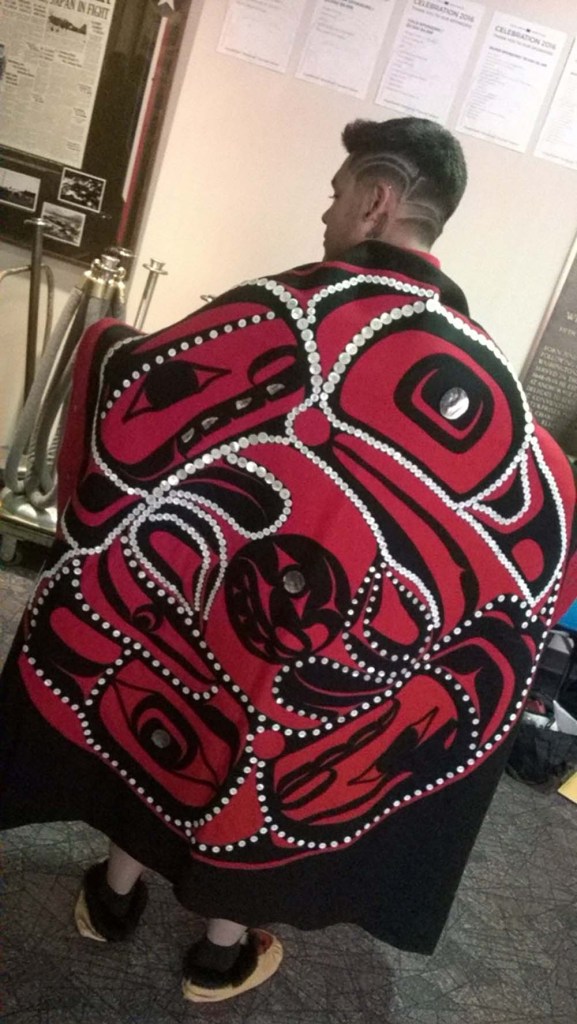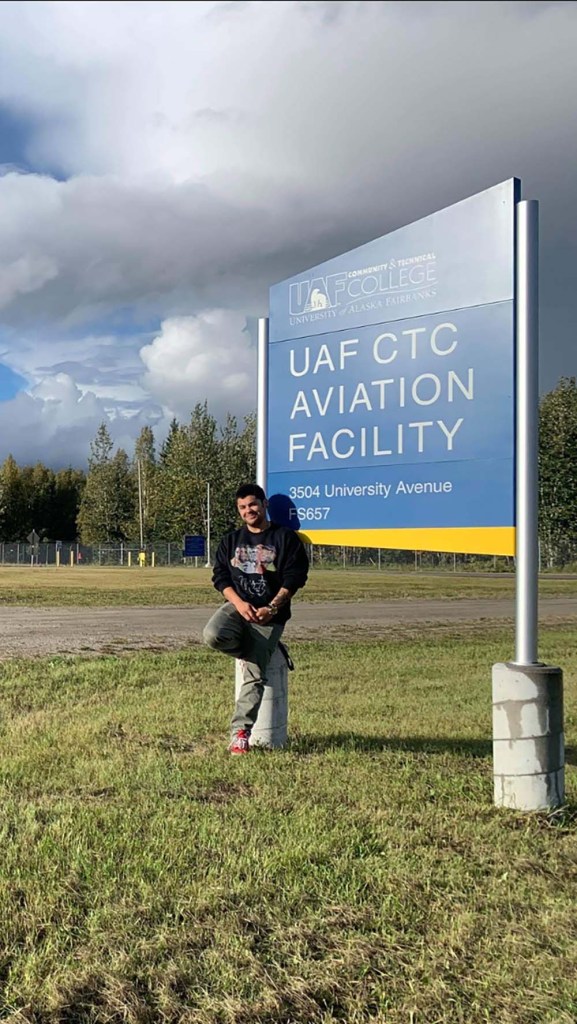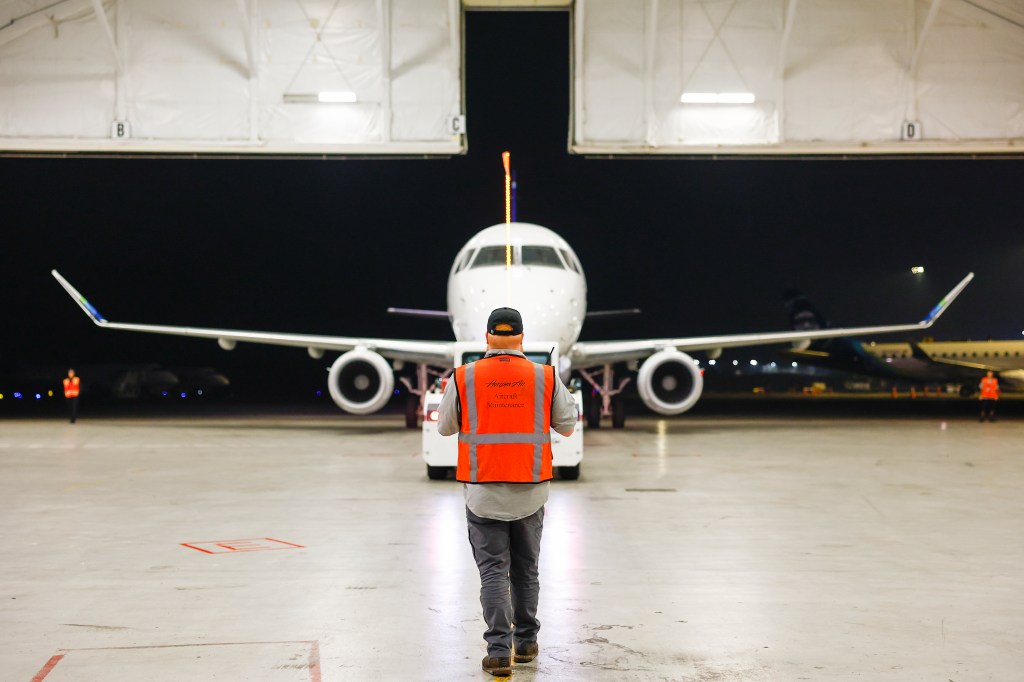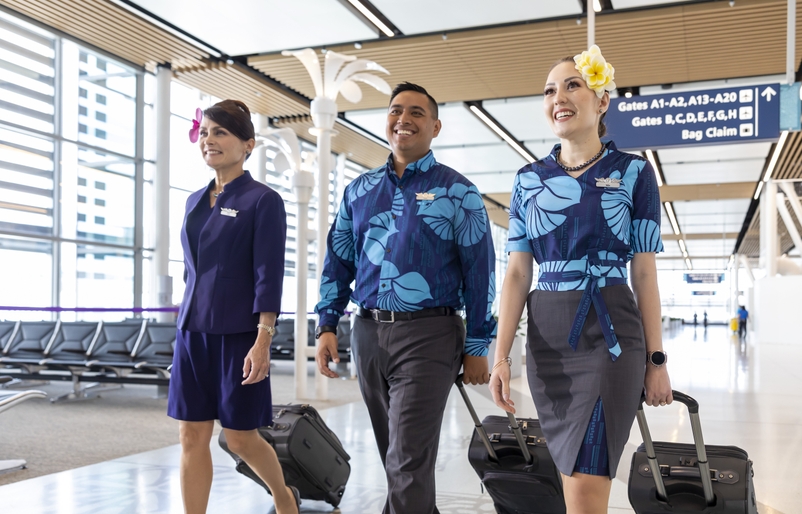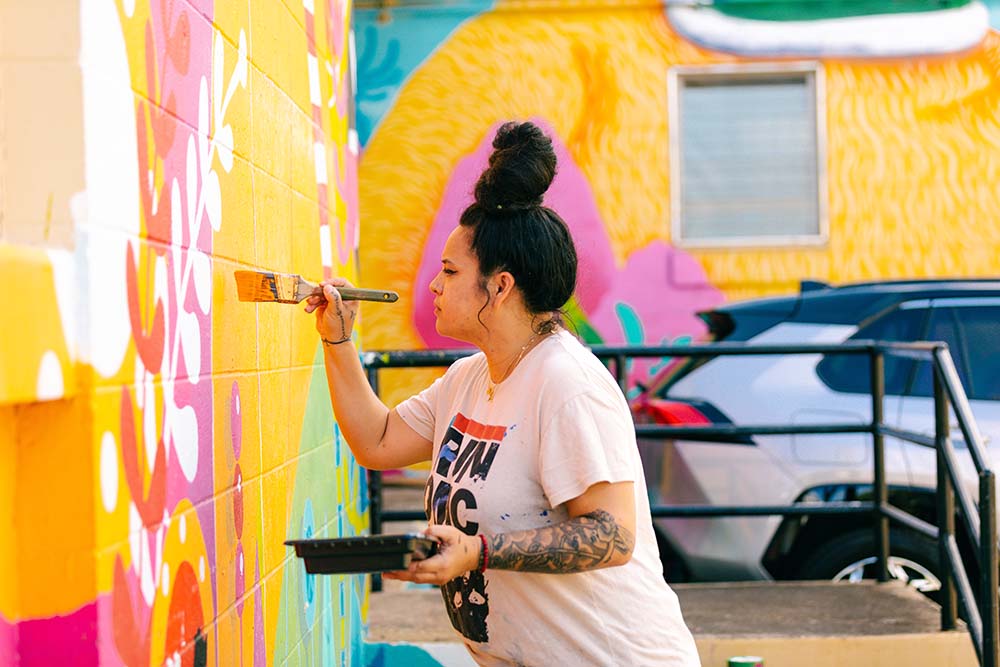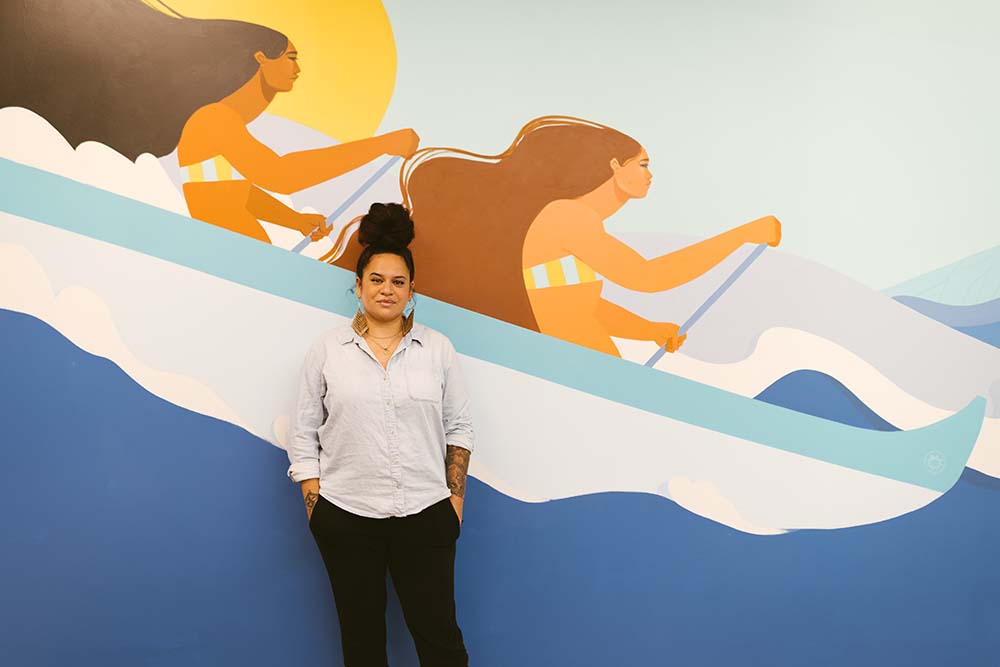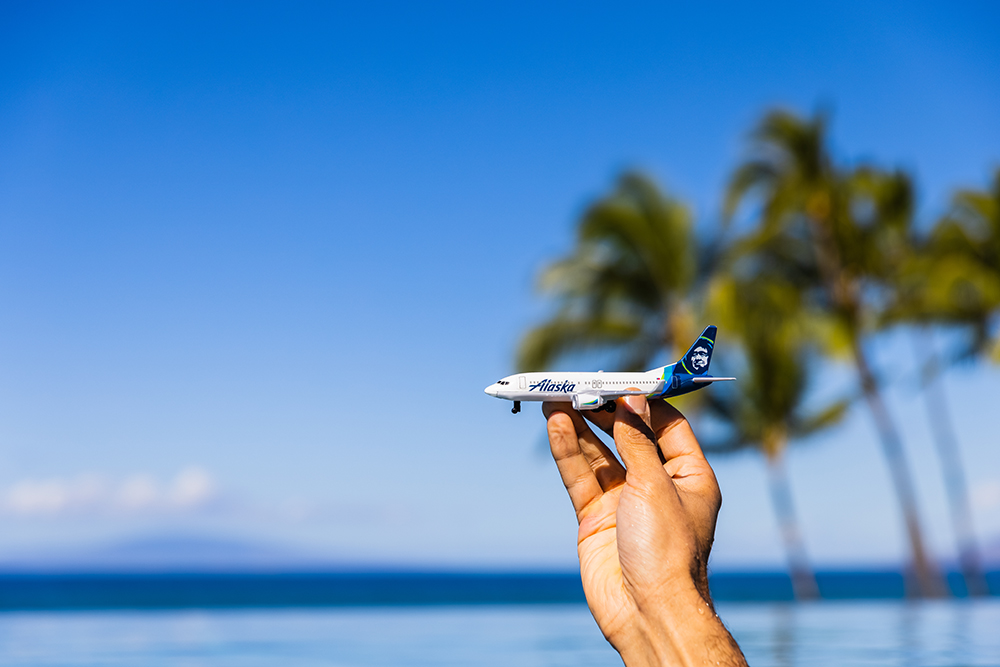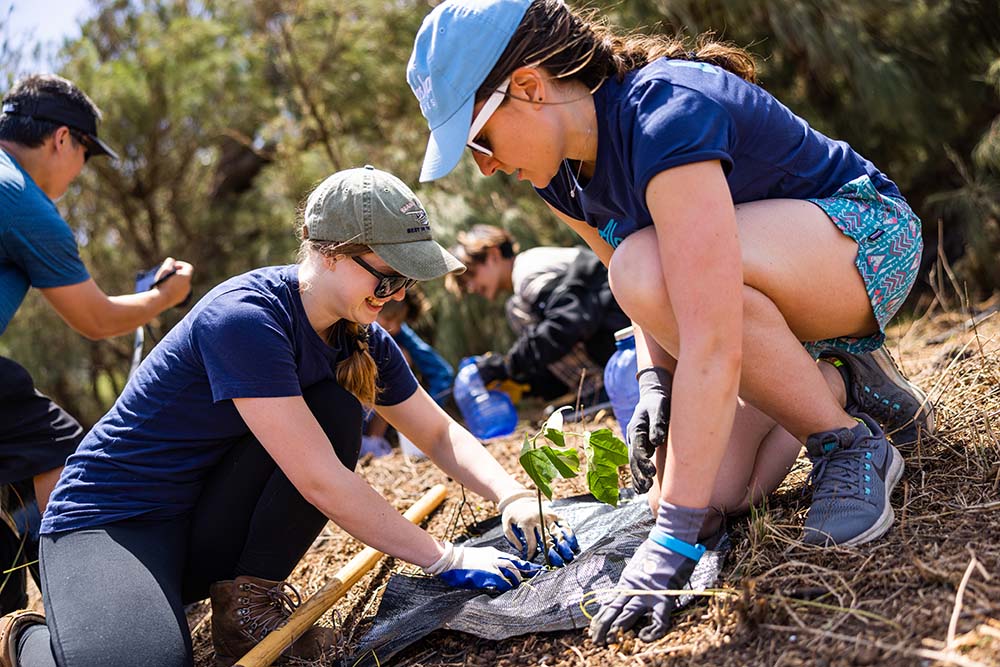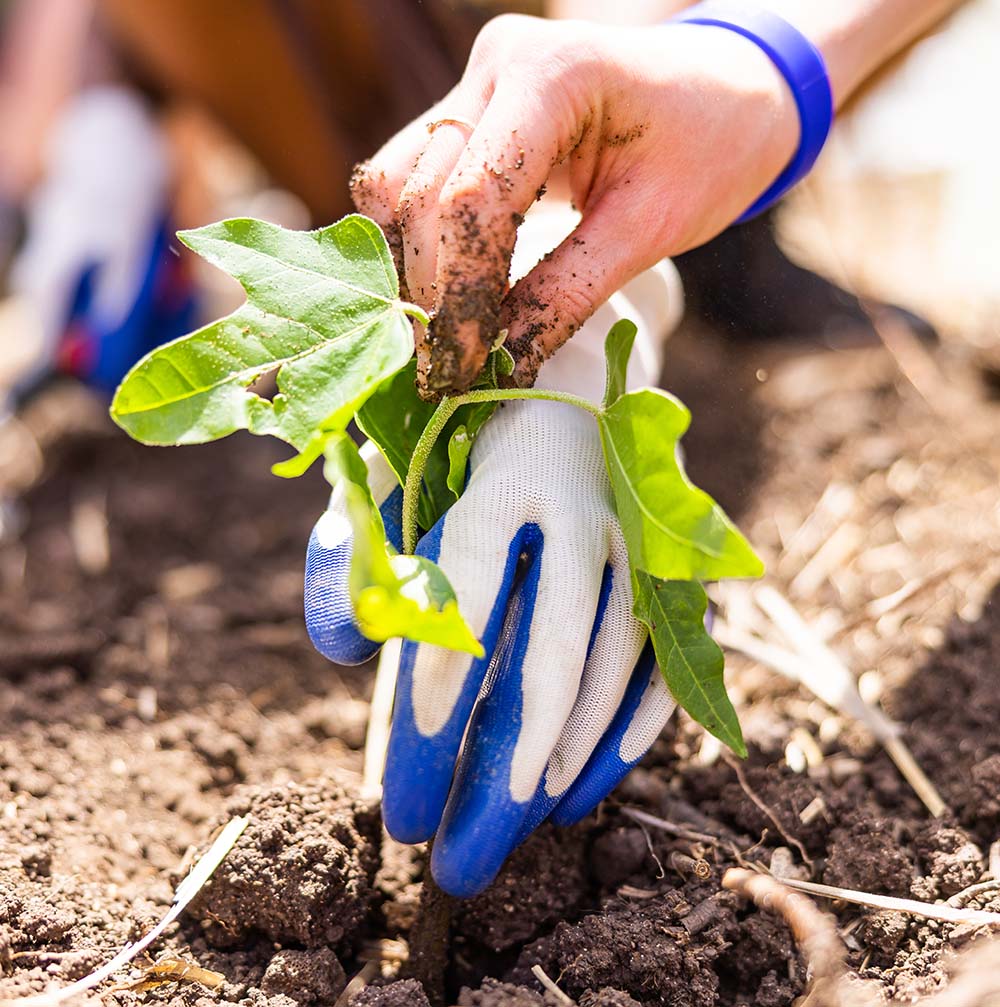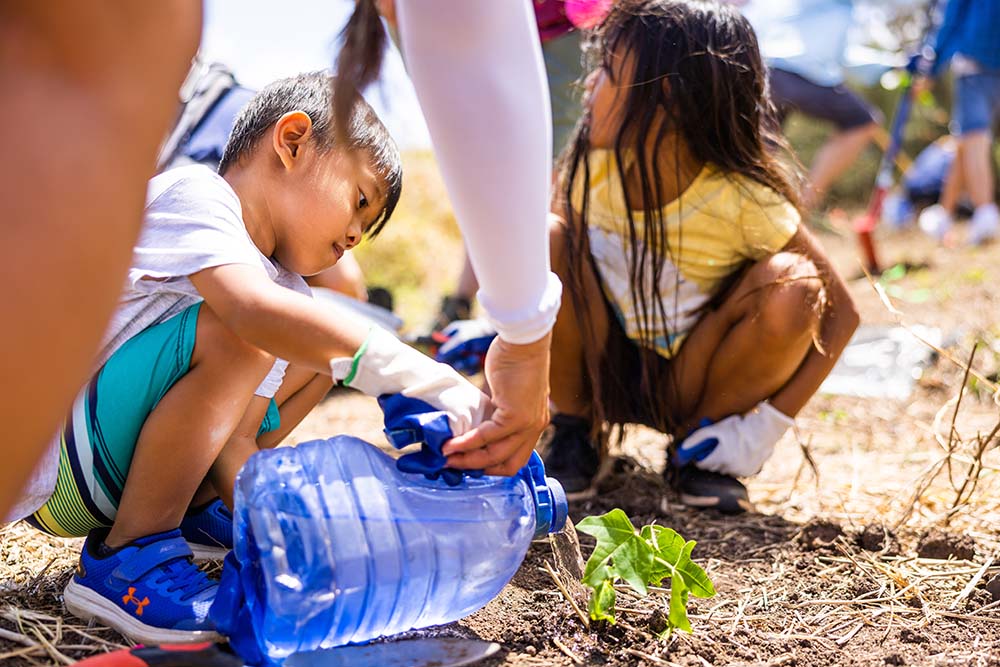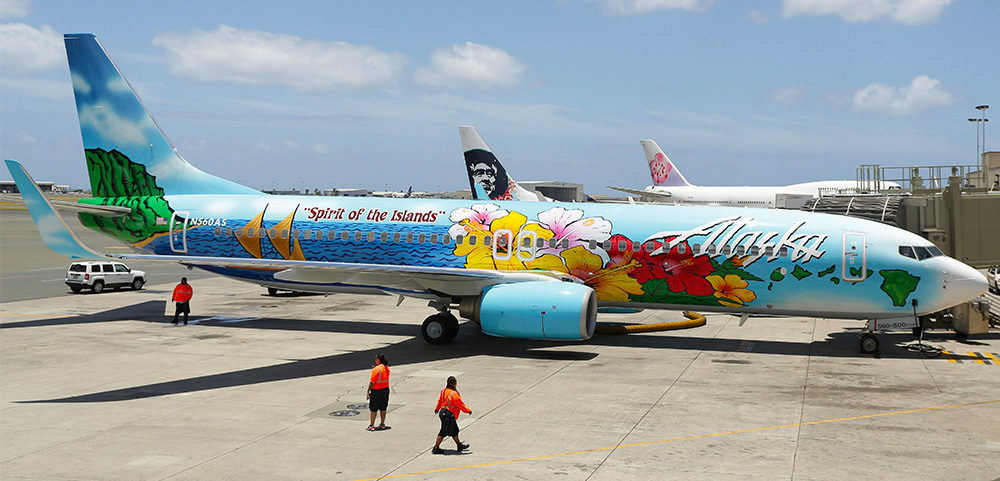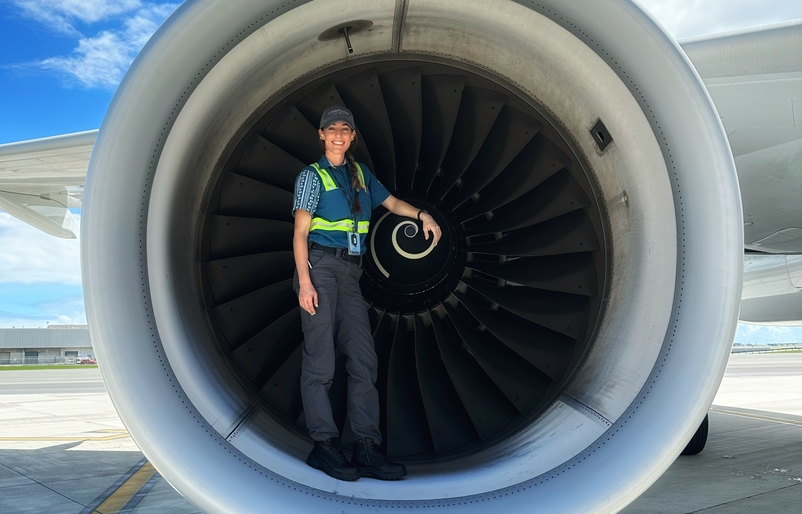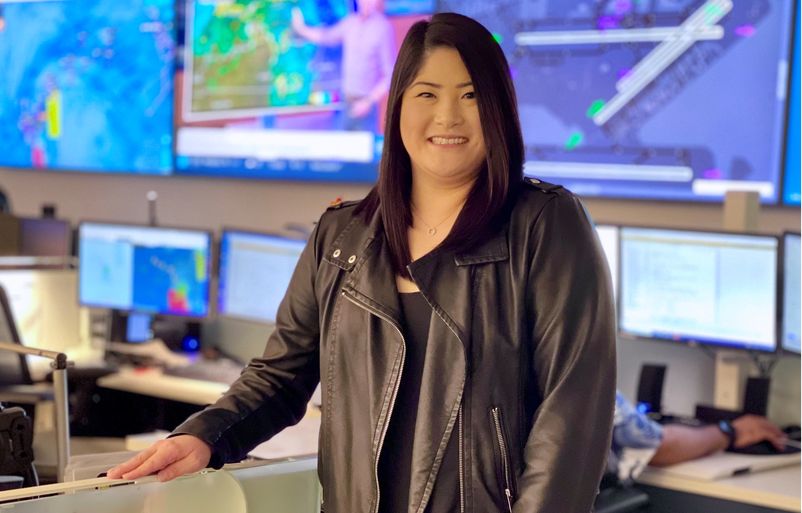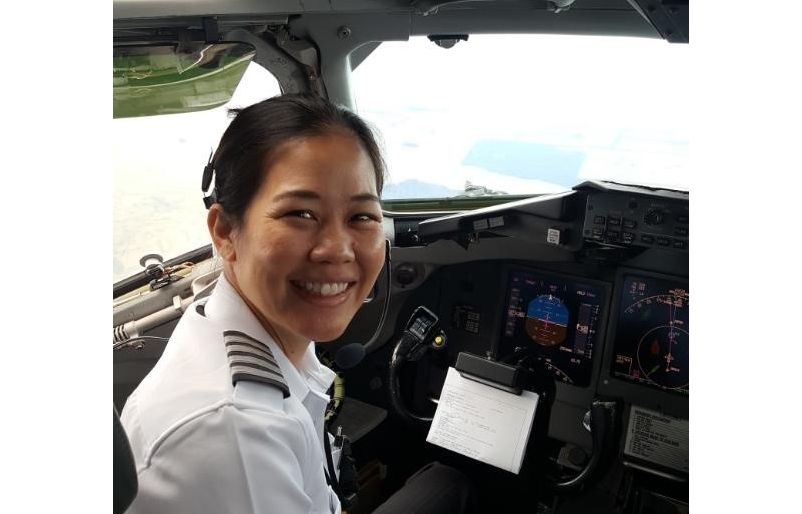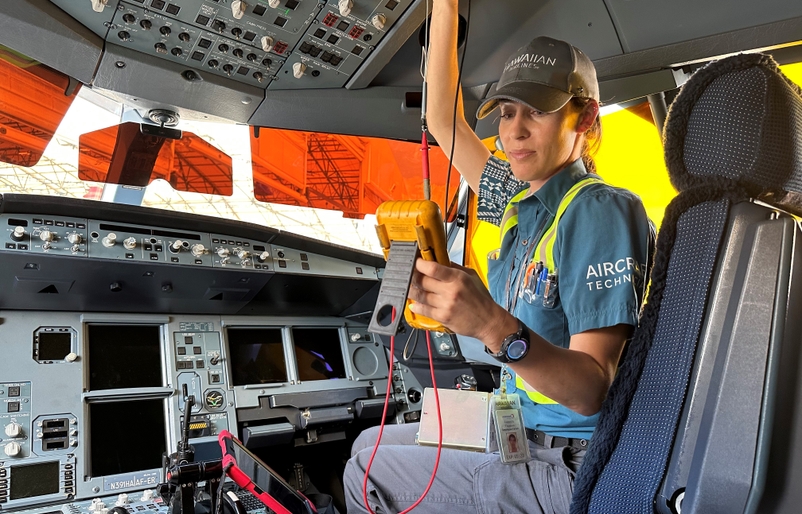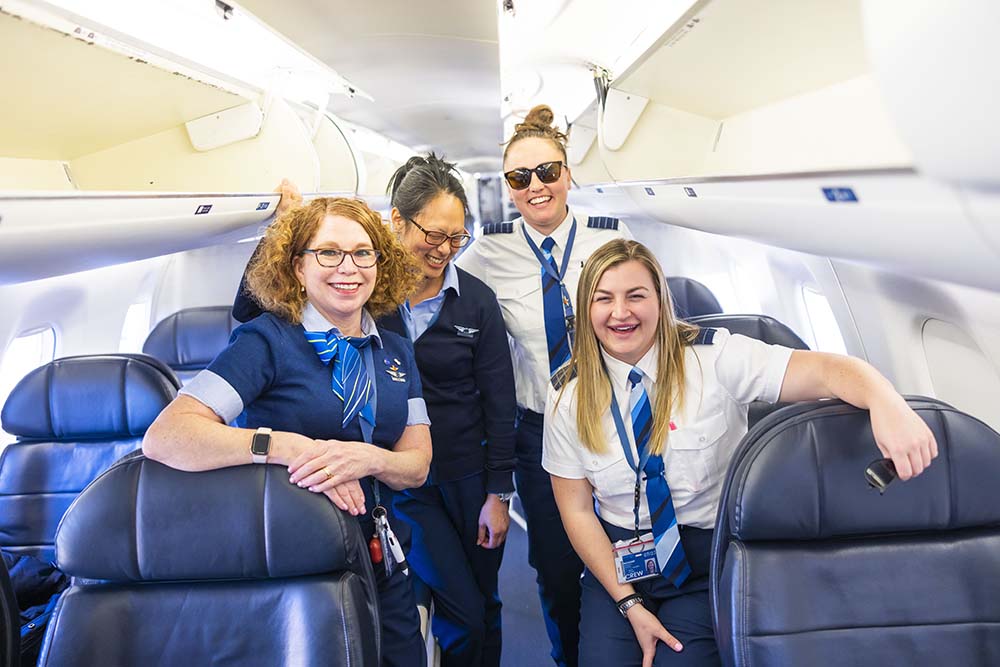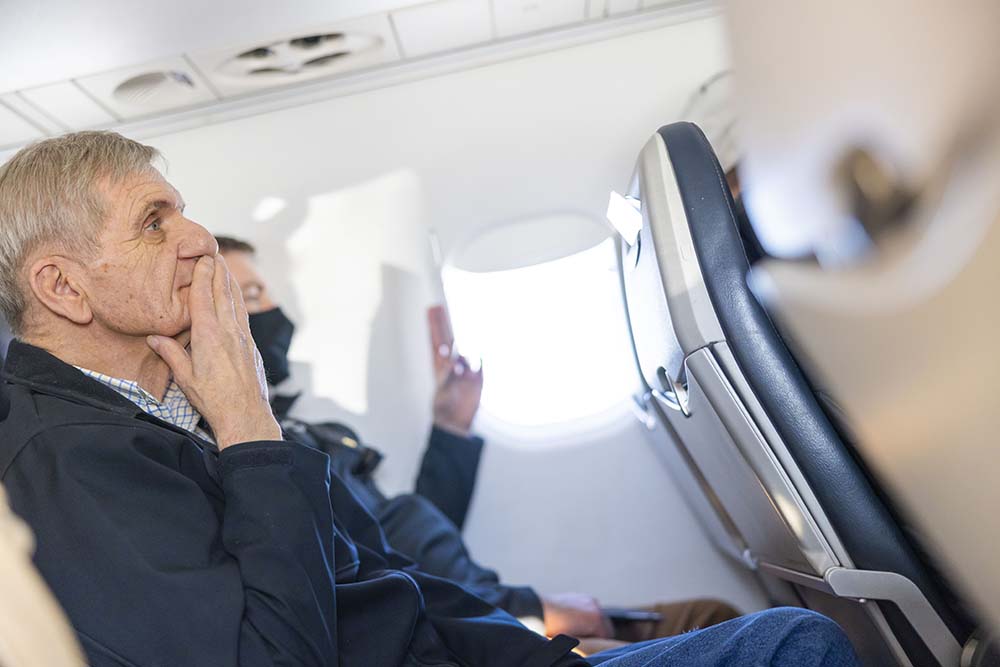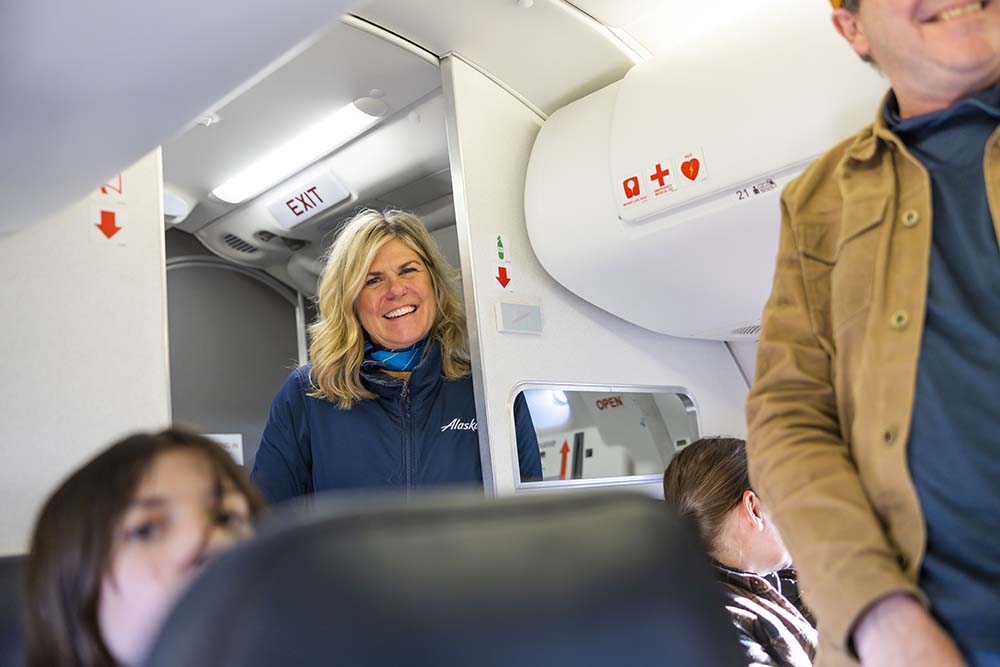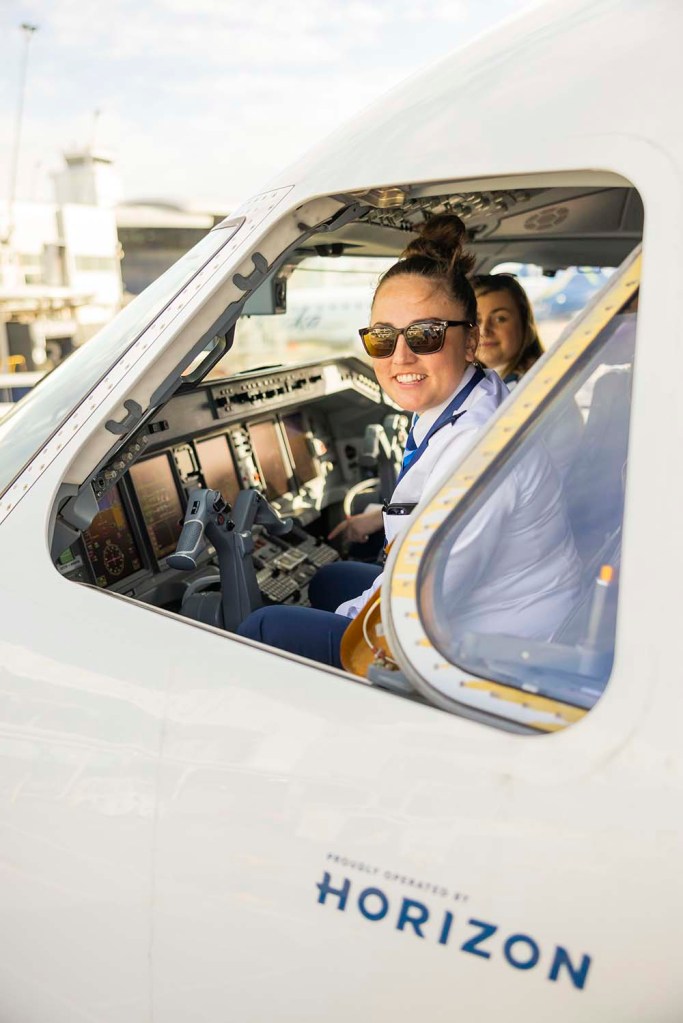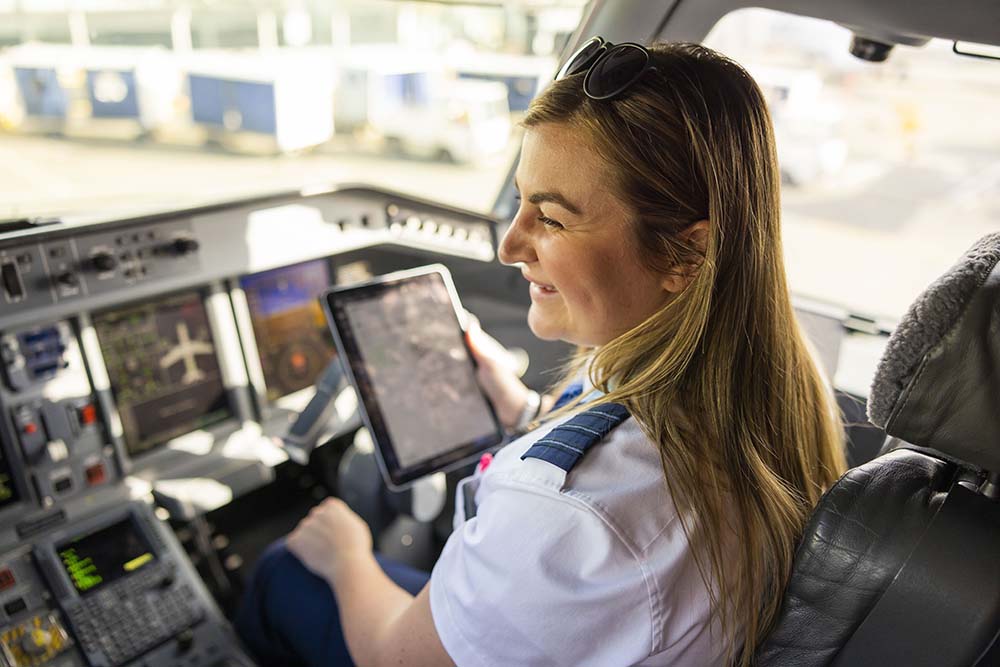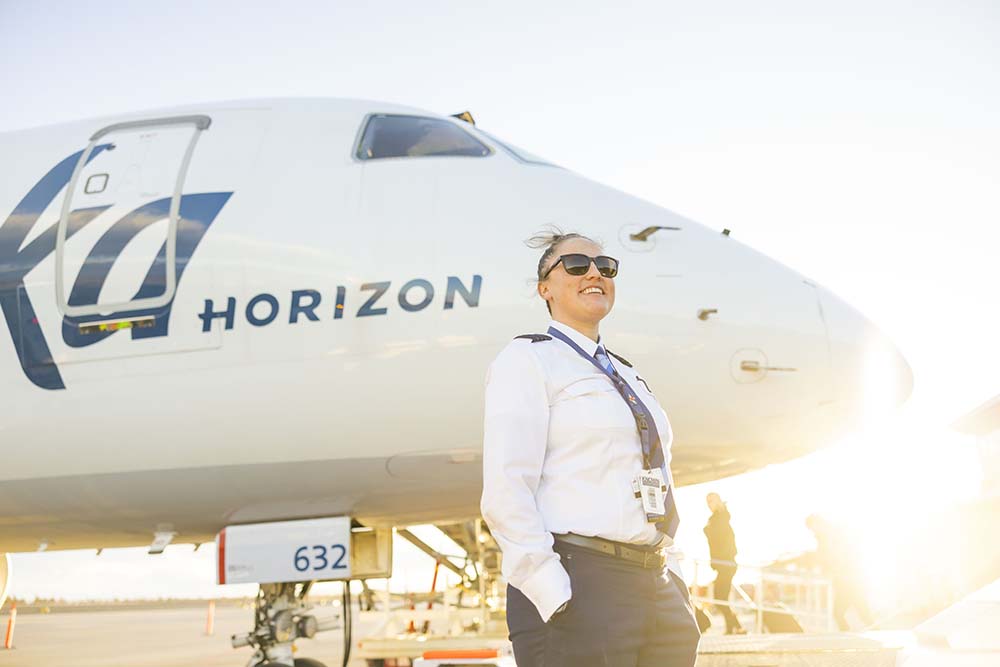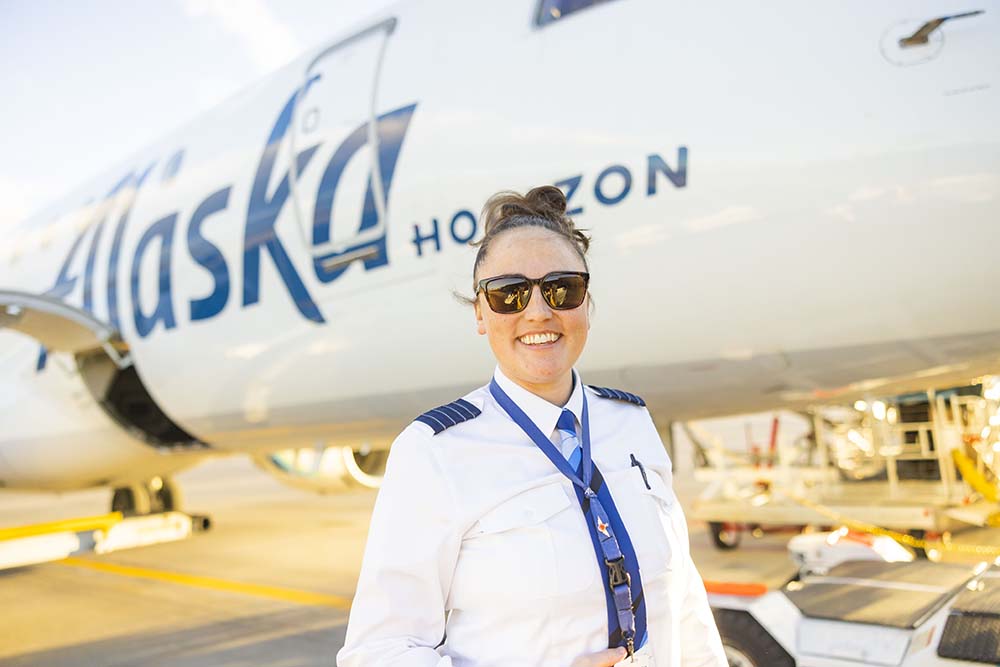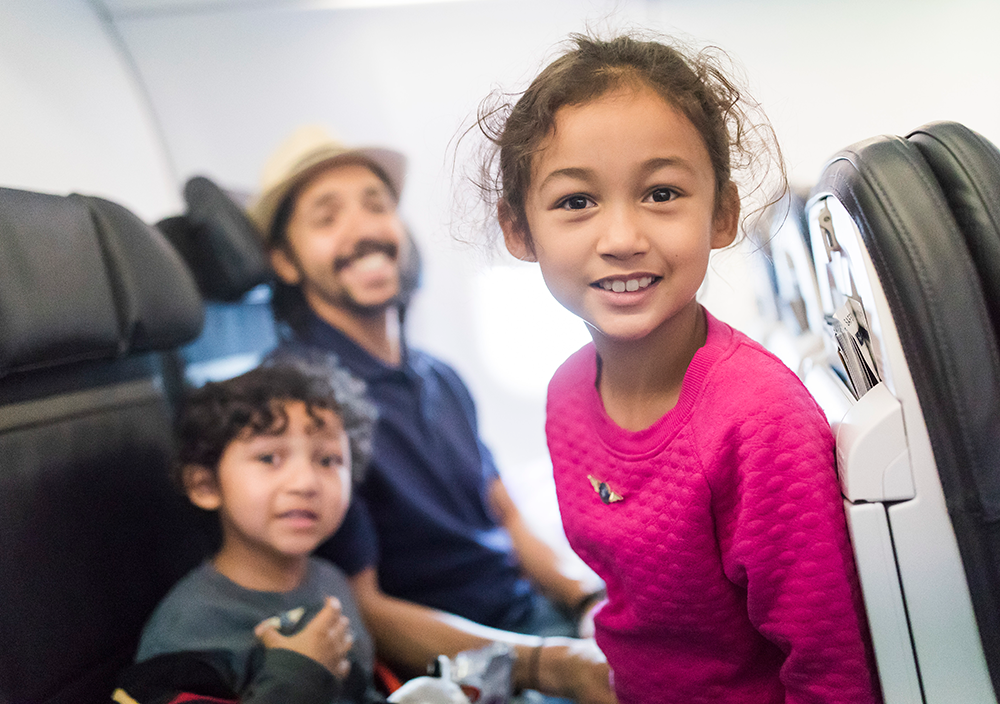Hawaiian Airlines Commits to New Milestones on Path to Net-Zero Carbon Emissions
Share
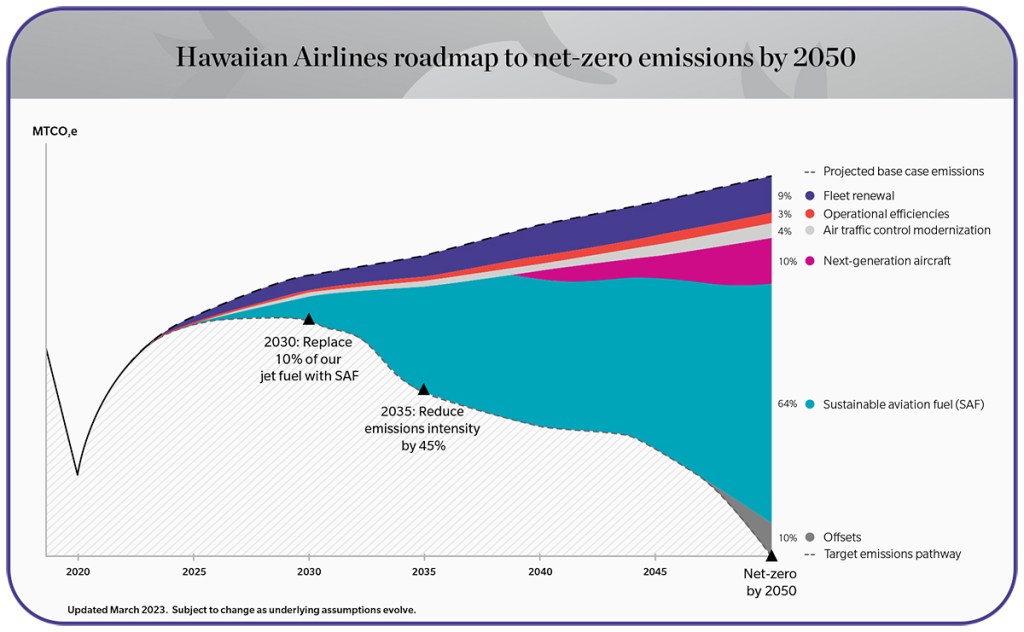
HONOLULU – Hawaiian Airlines today announced more details of its plan to achieve net-zero greenhouse gas (GHG) emissions by 2050, including commitments to significant progress in the 2030s. The carrier’s decarbonization roadmap relies on several key drivers, including the use of sustainable aviation fuel (SAF), fleet modernization and new aircraft technologies, operational best practices to improve fuel efficiency, and advocacy for air traffic control system improvements.
Hawaiian anticipates that SAF – which is made from sustainable feedstock and can have a life-cycle carbon intensity 50-80% lower than conventional jet fuel – will be the biggest contributor to reduce jet fuel emissions, which constitute the vast majority of its GHG footprint.
In addition to reaffirming its intention to achieve net-zero emissions by 2050, the carrier committed to:
- Lowering life-cycle jet fuel emissions intensity per revenue ton mile by 45% (from 2019 levels) by 2035.
- Replacing 10% of conventional jet fuel with SAF by 2030.
- Improving fuel efficiency per available seat mile by 4% (from 2019) by 2028.
- Conserving 3 million gallons of jet fuel through operational initiatives by 2028.
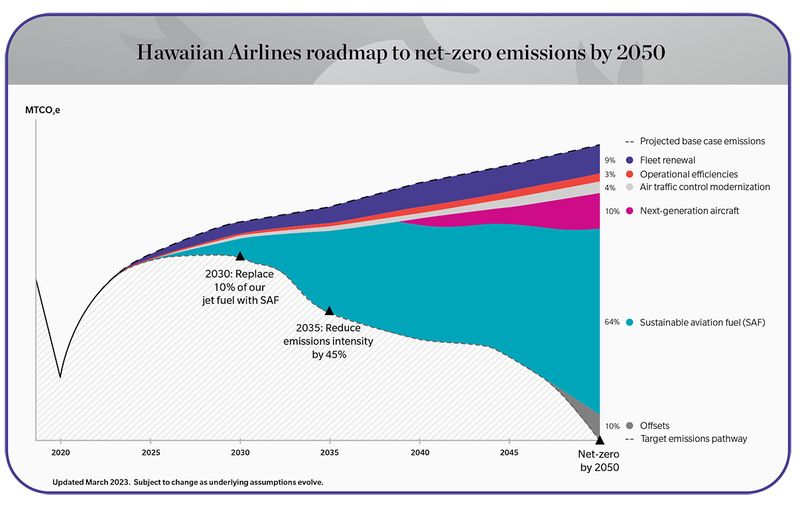
Hawaiian last week announced it would purchase 50 million gallons of SAF from biofuel company Gevo, Inc., with deliveries anticipated to begin in 2029. Hawaiʻi’s hometown airline has also partnered with Par Hawaii, the state’s largest provider of energy products, to study the commercial viability of SAF production in Hawaiʻi.
The production of SAF is a nascent industry that will have to scale significantly to meet the airline industry’s decarbonization goals. Hawaiian looks forward to continuing to collaborate with fuel producers, as well as states and the federal government, to help accelerate SAF production and availability at commercially viable prices.
“Becoming a net-zero carbon airline is a challenge, but as an airline serving the Pacific we recognize how critical it is that Hawaiian become a more sustainable company for our guests, employees and communities,” said Peter Ingram, president and CEO of Hawaiian Airlines. “We are excited about the progress we are making and these intermediate targets to which we are committing today.”
Hawaiian, whose fleet of Airbus A330 and A321neos is among the most modern in the U.S. airline industry, has agreed to purchase 12 new Boeing 787-9 aircraft that are scheduled to begin arriving later this year. They feature advanced aerodynamics, modern engines and a composite airframe contributing to an approximately 20% fuel-efficiency improvement over prior-generation, similarly sized aircraft.
In addition to modernizing its fleet, Hawaiian is also engaged with airframe and aircraft engine manufacturers to explore new, low-carbon technologies. Hawaiian is an equity investor in REGENT, a company developing a battery-electric powered seaglider that could be suited for the carrier’s network of flights between the Hawaiian Islands.
About Hawaiian Airlines
Now in its 94th year of continuous service, Hawaiian is Hawaiʻi's biggest and longest-serving airline. Hawaiian offers approximately 150 daily flights within the Hawaiian Islands, and nonstop flights between Hawaiʻi and 15 U.S. gateway cities – more than any other airline – as well as service connecting Honolulu and American Samoa, Australia, Japan, New Zealand, South Korea and Tahiti.
Consumer surveys by Condé Nast Traveler and TripAdvisor have placed Hawaiian among the top of all domestic airlines serving Hawaiʻi. In 2022, the carrier topped Travel + Leisure’s 2022 World’s Best list as the No. 1 U.S. airline and was named Hawaiʻi's best employer by Forbes. Hawaiian® led all U.S. carriers in on-time performance for 18 consecutive years (2004-2021) as reported by the U.S. Department of Transportation.
The airline is committed to connecting people with aloha by offering complimentary meals for all guests on transpacific routes and the convenience of no change fees on Main Cabin and Premium Cabin seats. HawaiianMiles members also enjoy flexibility with miles that never expire. As Hawai‘i’s hometown airline, Hawaiian encourages guests to Travel Pono and experience the islands safely and respectfully.
Hawaiian Airlines, Inc. is a subsidiary of Hawaiian Holdings, Inc. (NASDAQ: HA). Additional information is available at HawaiianAirlines.com. Follow Hawaiian’s Twitter updates (@HawaiianAir), become a fan on Facebook (Hawaiian Airlines), and follow us on Instagram (hawaiianairlines). For career postings and updates, follow Hawaiian’s LinkedIn page.
For media inquiries, please visit Hawaiian Airlines’ online newsroom.
Forward-Looking Statements
This press release contains "forward-looking statements" within the meaning of the Private Securities Litigation Reform Act of 1995 that reflect the Company's current views with respect to certain current and future events. Such forward-looking statements include, without limitation; the Company's environmental commitments; expectations relating to aircraft deliveries; expectations relating to SAF deliveries; expectations related to the market for SAF and its impact on jet fuel consumption; and statements as to other matters that do not relate strictly to historical facts or statements of assumptions underlying any of the foregoing. Words such as "expects," "anticipates," "projects," "intends," "plans," "believes," "estimates," variations of such words, and similar expressions are also intended to identify such forward-looking statements. These forward-looking statements are and will be subject to many risks, uncertainties and assumptions relating to the Company's operations and business environment, all of which may cause the Company's actual results to be materially different from any future results, expressed or implied, in these forward-looking statements.
The Company is subject to risks and uncertainties that could cause the Company's results to differ materially from the results expressed or implied by such forward-looking statements, and such forward-looking statements are subject to risks, uncertainties and assumptions discussed from time to time in the Company's public filings and public announcements, including the Company's Annual Report on Form 10-K for the year ended December 31, 2022, as filed with the U.S. Securities and Exchange Commission (SEC) on February 15, 2023, as well as other documents that may be filed by the Company from time to time with the SEC. All forward-looking statements included in this document are based on information available to the Company on, and such forward-looking statements only speak as of, the date of this press release. The Company does not undertake to publicly update or revise any forward-looking statements to reflect events or circumstances that may arise after the date hereof even if experience or future changes make it clear that any projected results expressed or implied herein will not be realized.
